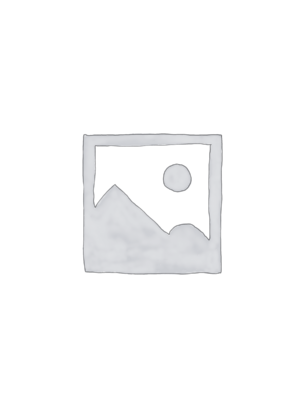
Description
Botanical Name: Urtica dioica
Common Names: stinging nettle
What parts of nettle are used?
The leaves are used.
Nettle is a dioecious, herbaceous, perennial plant. The soft, green leaves are borne oppositely on an erect, wiry, green stem and have a strongly serrated margin. The leaves and stems are very hairy with non-stinging hairs, and, in most subspecies, also bear many stinging hairs (trichomes), whose tips come off when touched, causing paresthesia. Urtica dioica belongs to the Urticaceae family. Stinging nettle (Urtica dioica) may have been a staple in herbal medicine since ancient times. Nettle has been used worldwide for centuries in a variety of countries and cultures. It has been eaten as a wild food plant, applied topically to the skin, and drunk as an herbal tea.
The suggested intake of Nettle Leaf Powder:
- The dried leaves can be steeped to make a delicious herbal tea, while its leaves, stem, and roots can be cooked and added to soups, stews, smoothies, and stir-frys.
- Avoid eating fresh leaves, as their barbs can cause irritation.
- Low in calories and high in minerals and vitamins nettle powder is a superfood you want to include on your plate. It tastes a little bit grassy but since you usually add it to meals you can easily adjust its taste with vinegar, lemon, garlic, or other spices
Here are some of the benefits known across the world about Nettle Leaf Powder:
- Improve respiratory health
- Rich in antioxidants
- Urinary tract health
- Arthritis Relief
During World War II, when cotton shortages were common, German soldiers’ uniforms were made of nettle fibers, which produce a linen-like fabric.
Generally Prepared:
Nettle is a popular capsule, tea and tincture in ancient to contemporary Herbalism. The most common preparations are in capsule, tea and tincture forms. Cooking nettle and adding it to a variety of dishes is also of value.
Usually Prepared With:
Nettle is a staple in Herbalism and the variety of herbs it is combined with is extensive. Examples include: Alfalfa, Lamb’s Quarter, Motherwort, Nettle Seed, Oatstraw, Red Clover Blossoms, Raspberry Leaves and Tulsi.
Shipping and Returns
Shipping cost is based on weight. Just add products to your cart and use the Shipping Calculator to see the shipping price.
We want you to be 100% satisfied with your purchase. Items can be returned or exchanged within 30 days of delivery.
There are no question found.



Rating & Review
There are no reviews yet.